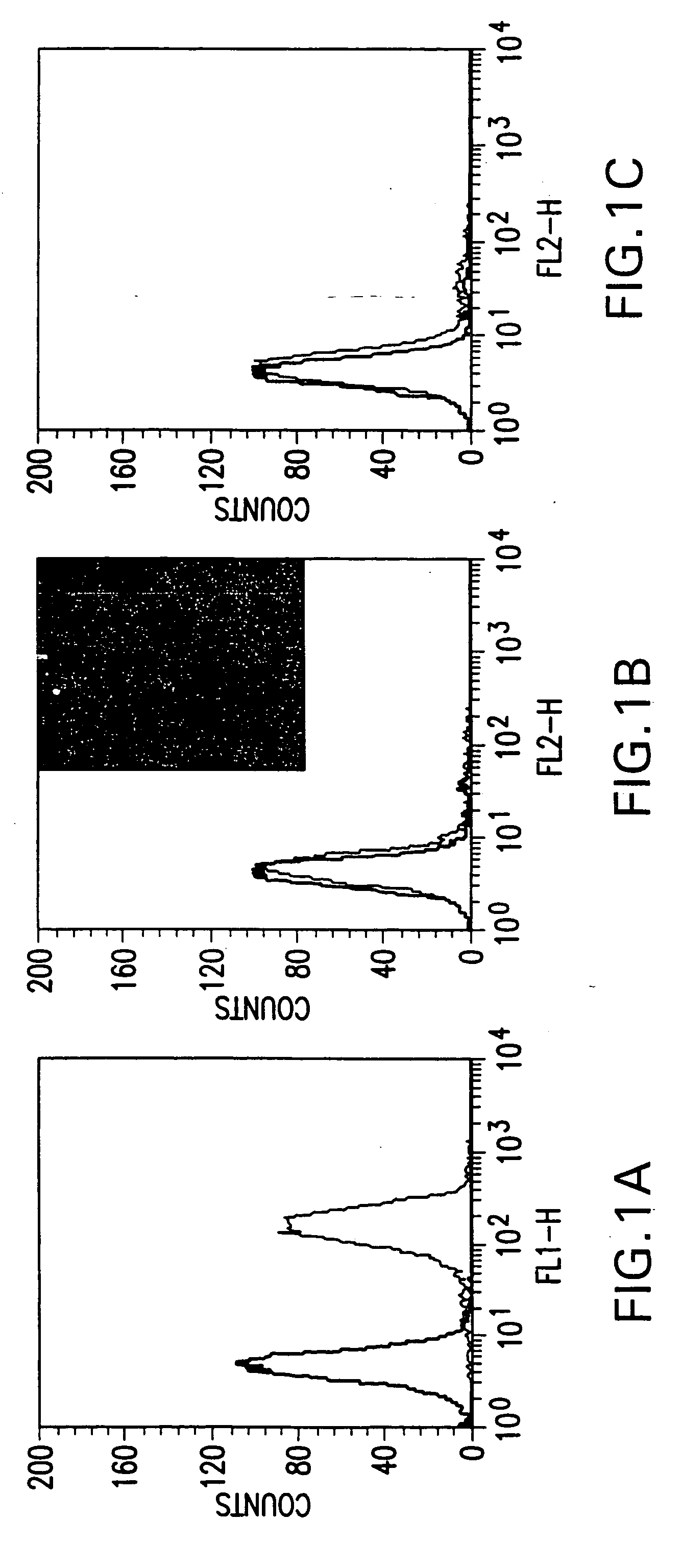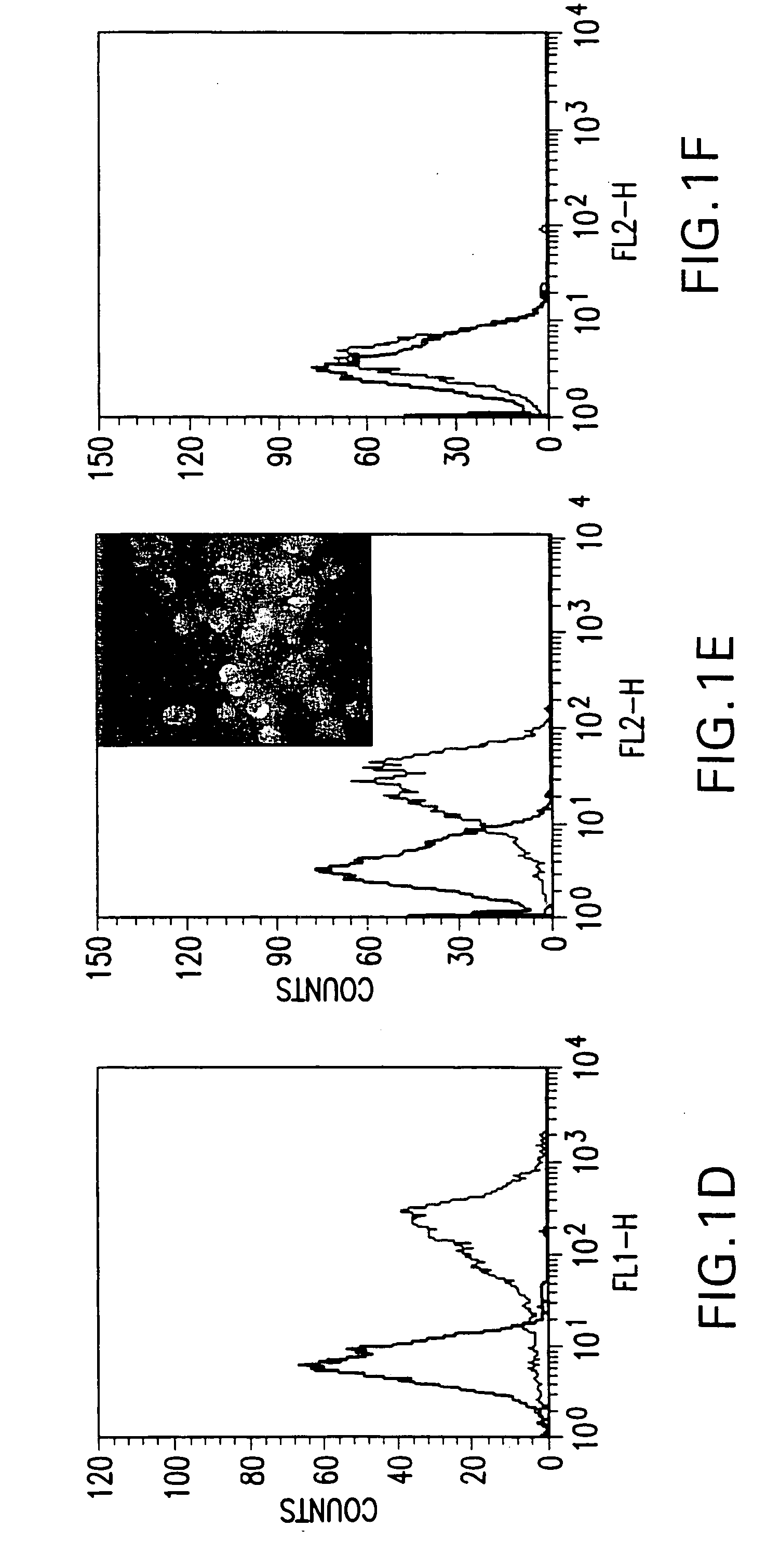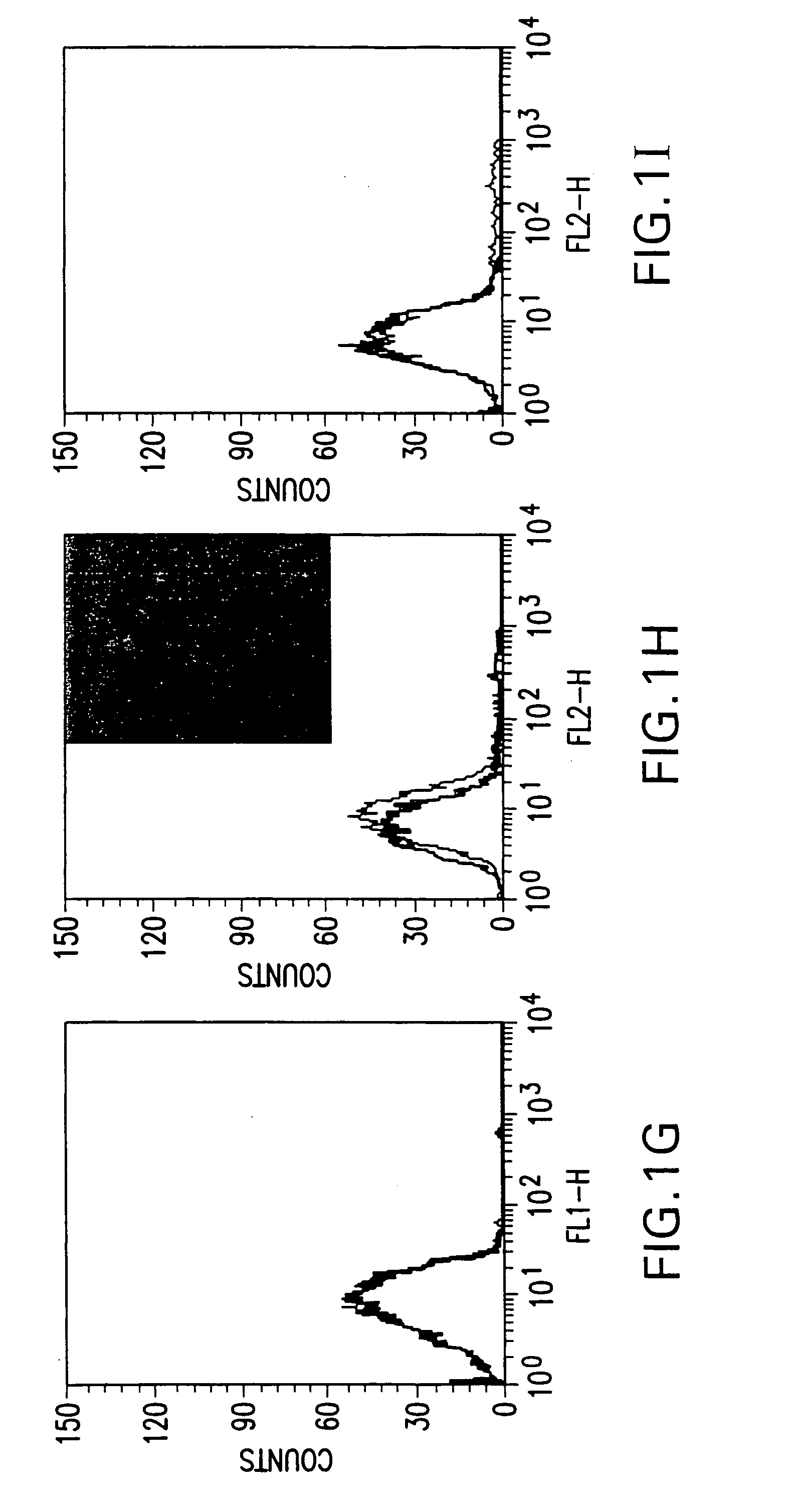Tumor-targeted drug delivery systems and uses thereof
a delivery system and tumor-targeted technology, applied in the direction of drug compositions, peptide/protein ingredients, biocides, etc., can solve the problems of non-target cell interaction, premature or inappropriate release of drugs, and limited clinical utility of liposomes in targeting drug delivery, so as to improve tumor vasculature permeability, improve tumor treatment, and increase localization
- Summary
- Abstract
- Description
- Claims
- Application Information
AI Technical Summary
Benefits of technology
Problems solved by technology
Method used
Image
Examples
Embodiment Construction
[0043] The invention relates to a novel approach for cancer treatment and prevention. Specifically, the invention relates to a tumor-targeted drug delivery system that delivers a therapeutic agent to tumor cells or tumor-supporting cells. The targeted drug delivery system selectively inhibits or destroys the endothelial cells of the tumor vasculature (using angiolytic, anti-angiogenic or anti-vascular drugs, respectively) and therefore, triggers tumor growth inhibition, regression and / or a state of dormancy. A strategy that targets both the tumor-supporting cells (e.g., tumor vasculature cells) and the tumor cells themselves may be more effective than strategies that target only the tumor vasculature cells, since this latter strategy can leave a cuff of unaffected tumor cells at the tumor periphery that can subsequently re-grow and kill the animals (Huang, et al. Science 275, 547-50 (1997)).
[0044] As such, the inventors have designed a drug delivery system that delivers an increased...
PUM
| Property | Measurement | Unit |
|---|---|---|
| temperature | aaaaa | aaaaa |
| phase transition temperatures | aaaaa | aaaaa |
| phase transition temperature | aaaaa | aaaaa |
Abstract
Description
Claims
Application Information
 Login to View More
Login to View More - R&D
- Intellectual Property
- Life Sciences
- Materials
- Tech Scout
- Unparalleled Data Quality
- Higher Quality Content
- 60% Fewer Hallucinations
Browse by: Latest US Patents, China's latest patents, Technical Efficacy Thesaurus, Application Domain, Technology Topic, Popular Technical Reports.
© 2025 PatSnap. All rights reserved.Legal|Privacy policy|Modern Slavery Act Transparency Statement|Sitemap|About US| Contact US: help@patsnap.com



